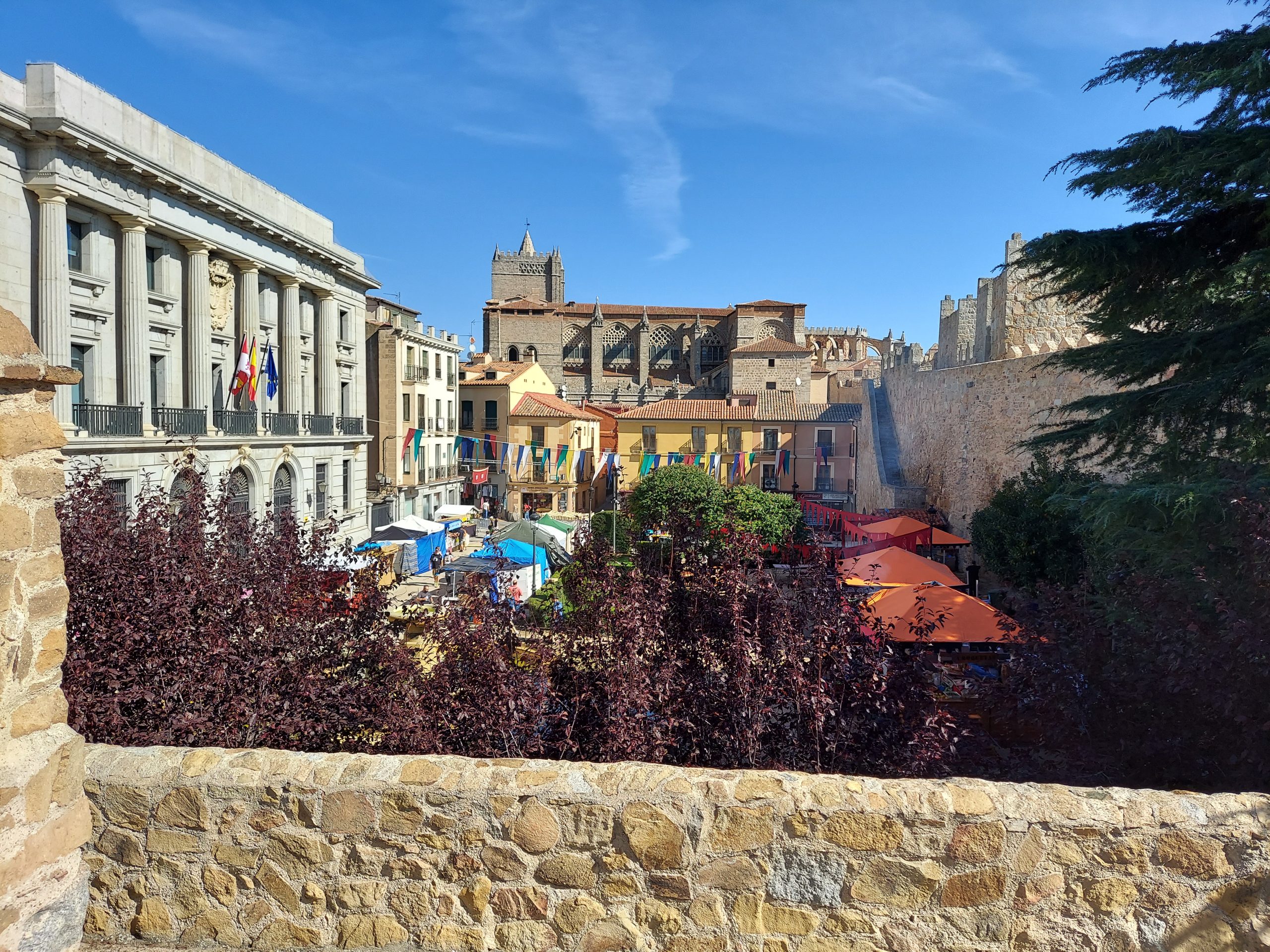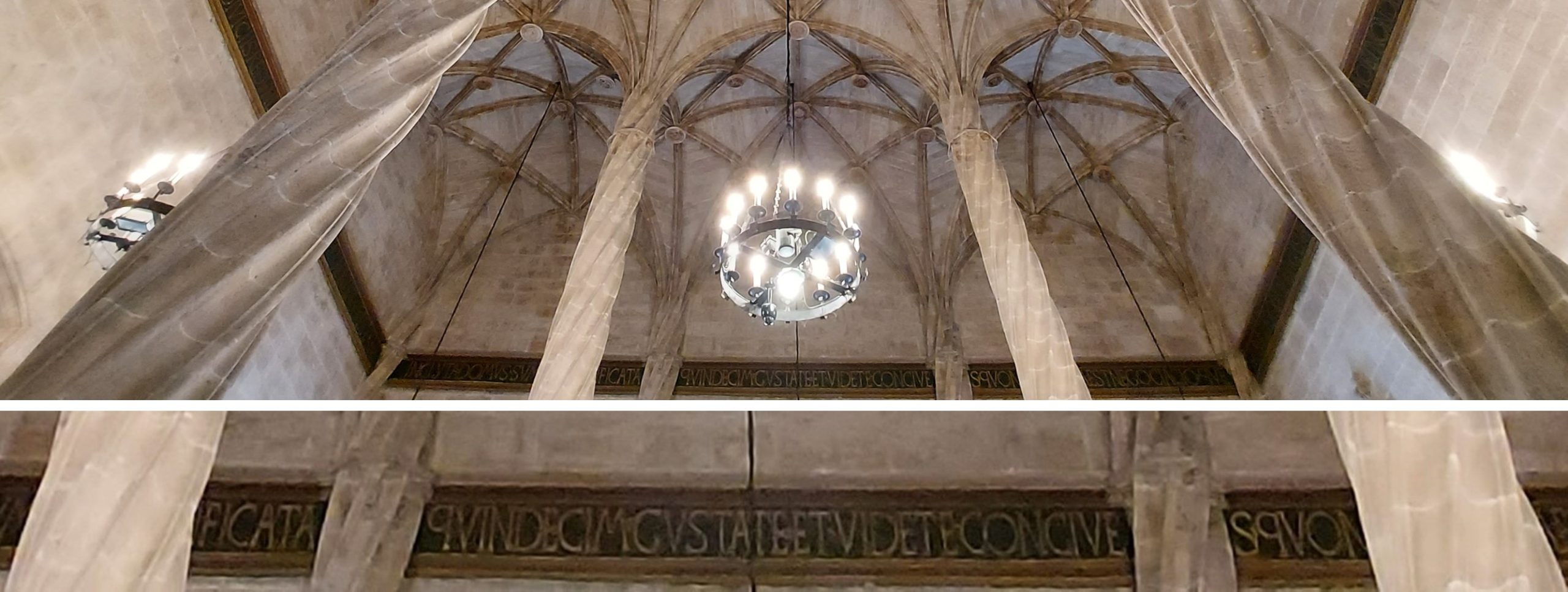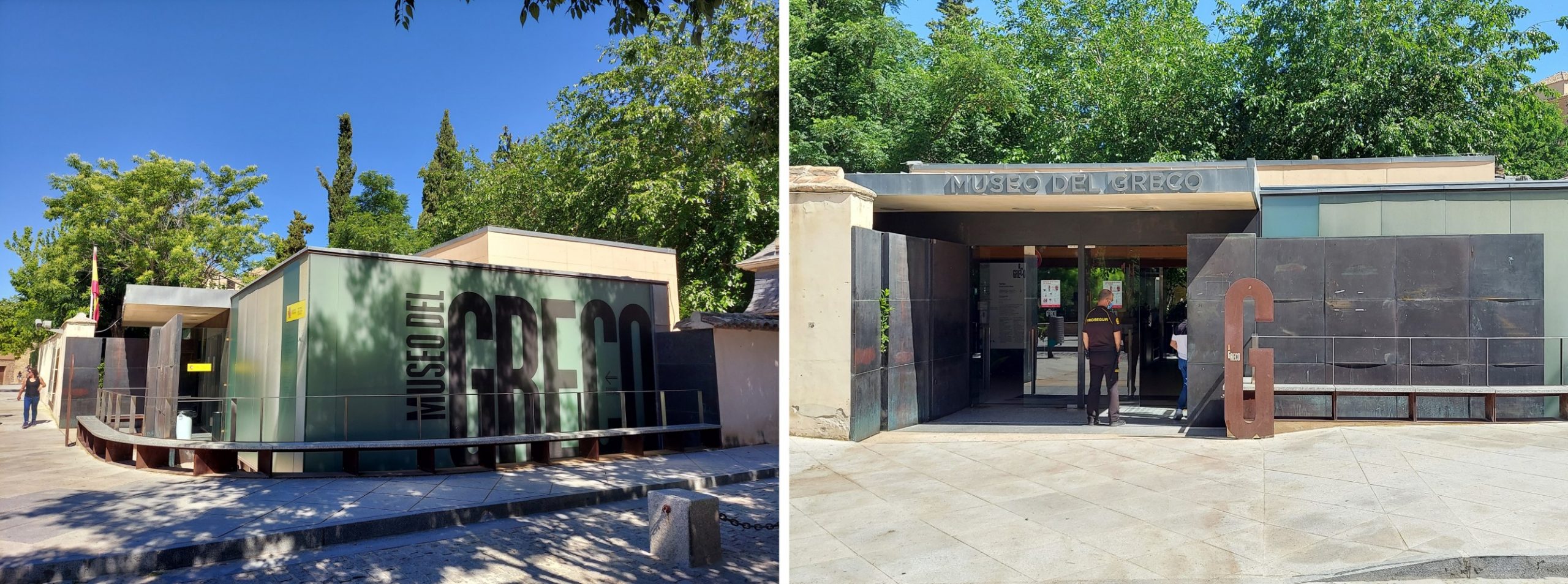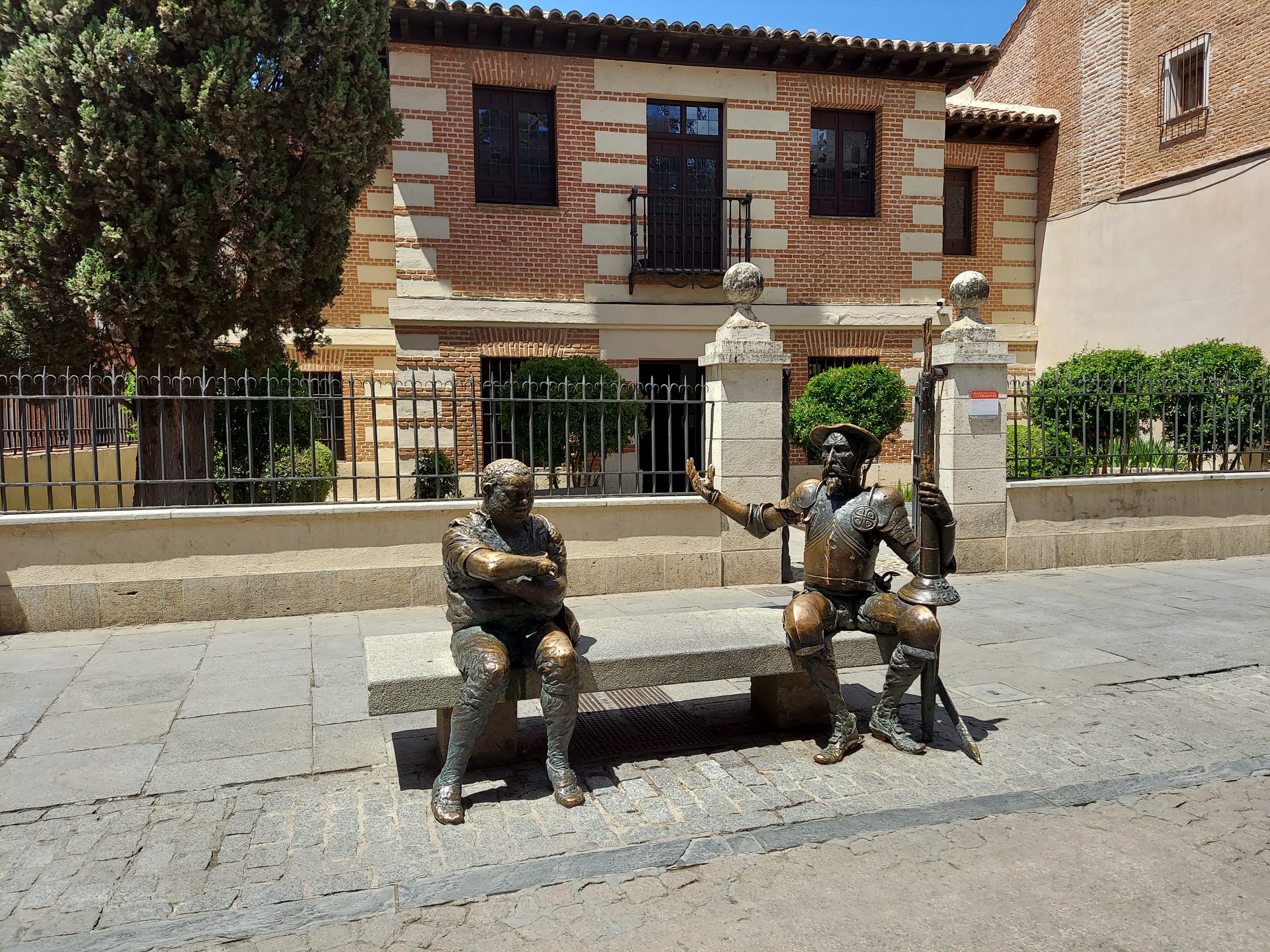
The Cathedral of Avila welcomed us during the city’s Medieval Days celebration, fully decorated for the festivities. Continue reading “The Cathedral of Avila”

The Cathedral of Avila welcomed us during the city’s Medieval Days celebration, fully decorated for the festivities. Continue reading “The Cathedral of Avila”
While visiting Seville, a city in Andalusia, Spain, we arrived at the palace-house, considered the best paved in Europe, due to the impressive collection of Roman mosaics that are the surface of its first floor. This is the Palace of Lebrija, also known as the Palace of the Countess of Lebrija. Continue reading “Palace of Lebrija, Seville”
Located in the historic center of the city of Seville, Spain, is the Chapel of San Jose, a small temple that hides a great decorative richness in it’s interior. Continue reading “Chapel of St. Joseph of Seville”
Each time we visit Spain and arrive in Madrid, we just have to stop at the “Mercado de San Miguel” (Saint Michael’s Market), located in the square that bears its name and near the Plaza Mayor. Continue reading “Saint Michael’s Market in Madrid”

“I am a famous house built in fifteen years. Try and see how good is the commerce that does not use fraud in the word, that swears to the neighbor and does not fail, that does not give its money with usury. The merchant who lives in this way will overflow with riches and will finally enjoy eternal life”. Continue reading “The Silk Exchange / Market – Valencia”
The Falla Grand Theater, of neo-Mudejar style, stands out unmistakably in the Fragela Square in Cadiz, Andalusia, Spain. Its construction began in 1884, on the site of the old Grand Theater of Cádiz, built in wood in 1871 that burned down in 1881. Continue reading “Falla Grand Theater of Cadiz”

Looking at the building that houses this museum, it is difficult to relate the modern architecture of the structure that welcomes us, with the work of the painter Domenikos Theotokopoulos, born in Crete in 1541 and known to us as “El Greco”. Although he was not Spanish, most of his pictorial work was done in Toledo, Spain. He died in 1614, at the age of 72, in said city. Continue reading ““El Greco” Museum – Toledo”
Based on the painting “Las Meninas” by Diego Velázquez, who is considered the most important painter of the Spanish Baroque period and master of universal painting, a whole exhibition is created in 2018 reinterpreting precisely “Las Meninas”. Continue reading “Gallery of “Meninas” in the streets of Madrid 2022″

Sitting and talking, Quixote de la Mancha and Sancho were waiting for us in front of the Museo Casa Natal de Cervantes at Calle Mayor 48. Who better than them to welcome us. Continue reading “Cervantes Birthplace Museum – Alcalá de Henares”
The first thing that caught our attention about this church is precisely its name, “San Antonio de los Alemanes” or Saint Anthony of the Germans. It was founded by Philip III at the beginning of the 17th century, when Portugal was part of the Hispanic kingdoms under the Habsburgs. The mission of both the church and the adjoining hospital was to receive the sick and Portuguese pilgrims passing through Madrid. For this reason it was originally called Saint Anthony of the Portuguese. Continue reading “Royal Church of Saint Anthony of the Germans – Madrid”